The Middle Franconia region is one of the seven administrative districts of Bavaria in southern Germany.
Known as 'Mittelfranken' in German, it helps form the three regions of Franconia in the northern part of Bavaria, along with 'Oberfranken' ('Upper Franconia') and 'Unterfranken' ('Lower Franconia').
Middle Franconia is the central and southernmost part of Franconia. It borders the state of Baden-Württemberg in the west, as well as the other Bavarian administrative regions of Swabia, Upper Bavaria, Lower Franconia, Upper Franconia, and the Upper Palatinate.
The heart of Middle Franconia is the urbanised area around Nuremberg, Fürth, and Erlangen. This is one of the economic powerhouses of Bavaria, and helps make the region one of the most prosperous in Europe.
However Middle Franconia isn't just about industrial giants like Siemens and famous sportswear companies such as Adidas and Puma.
These cities are also known for their stunning medieval architecture, lively atmosphere, and museums.
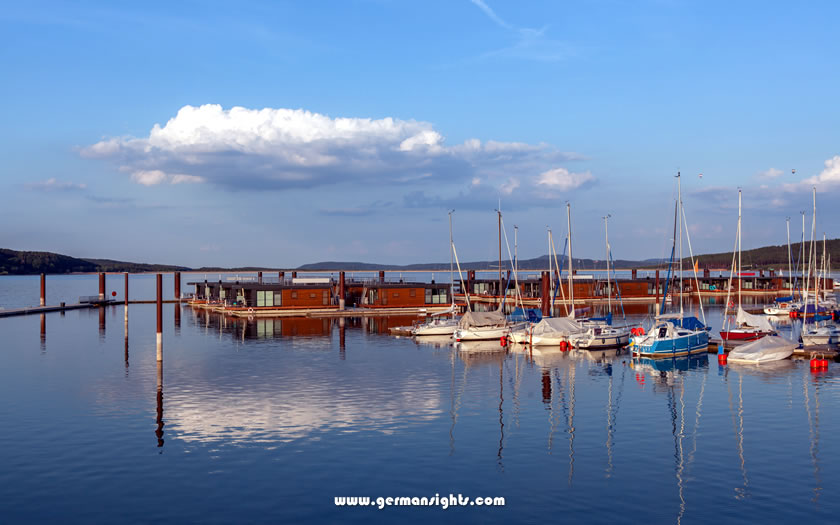
The Brombachsee in Middle Franconia
There is also much more to Middle Franconia than just its urban centres. Visitors can take to the water in the Franconian Lake District or explore the Altmühltal nature park.
Middle Franconia may be a fairly built-up metropolitan area but there are still a few natural spots to explore. Here are some of the top natural attractions in the region.
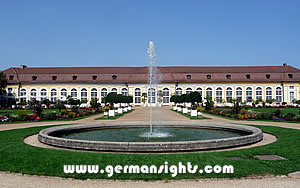
Ansbach is known for its old town, with historic buildings such as the Ansbach Residence, home to the former rulers of Ansbach. It is the administrative headquarters of the Middle Franconia region. Visitors can explore the history of the town at the Margravial Museum and explore the magnificent rococo court gardens.
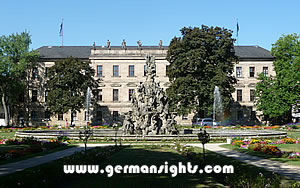
Erlangen is known for being a university town and is home to the Friedrich-Alexander University Erlangen-Nuremberg as well as being shaped by the presence of Siemens, a renowned technology company. The town is also famous for its annual beer festival, the 'Bergkirchweih', which starts on the Thursday before Pentecost and attracts more than a million visitors.
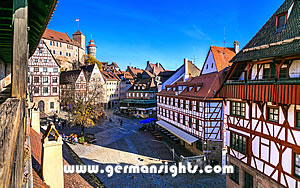
Nuremberg is famous for its medieval architecture, cobblestone streets, and traditional Franconian cuisine. Visitors can explore centuries-old landmarks, such as the Kaiserburg Castle, Albrecht Dürer's House, and the Nuremberg Trials Memorium. Despite its connection with the darkest era of German history, Nuremberg has become a thriving city, offering a bustling nightlife, museums, theatres, and festivals throughout the year.
Franconia was a historic area covering what is now Upper, Middle and Lower Franconia, as well as parts of the current German states of Thuringia, Baden-Württemberg and Hesse.
Both Nuremberg and Ansbach were once independent small states or cities as part of the Holy Roman Empire in the Middle Ages.
However the succession of wars and bouts of disease over the centuries threatened the viability of these smaller proud city states and they were absorbed into Bavaria during the Napoleonic wars at the beginning of the 19th century.
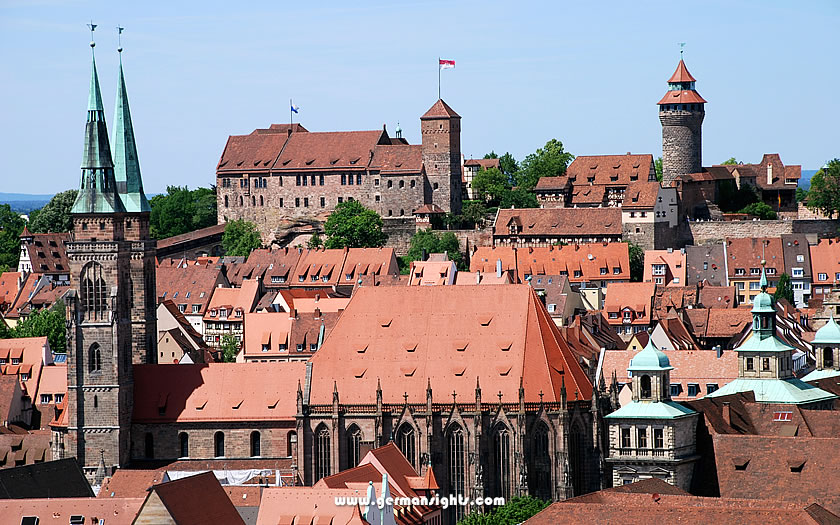
View over the old town of Nuremberg to the Imperial Castle
The official region of Middle Franconia came into existence shortly afterwards and the town of Ansbach was made the capital. Because there had not really been any cultural or historical 'Middle Franconia' before, the boundaries changed over the years and it was, for example, merged with Upper Franconia during World War II.
The current region can therefore really only trace its history back to the post-war period.
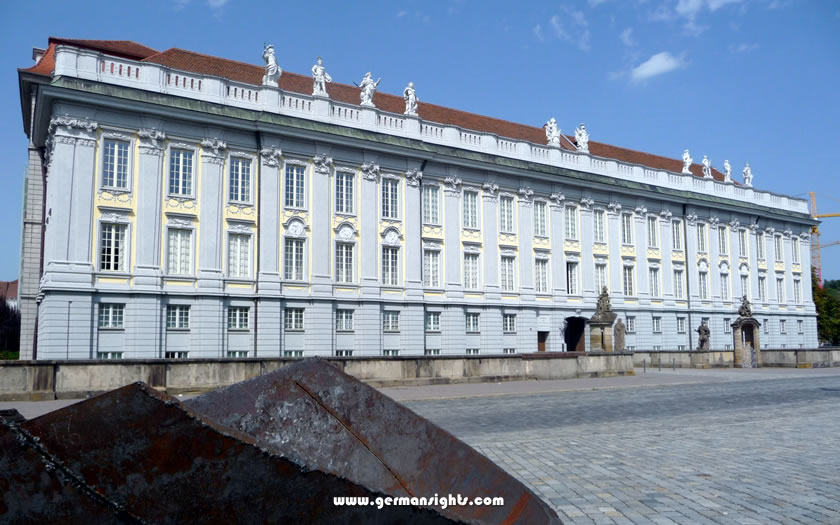
The Residence palace in Ansbach
The western part of Middle Franconia around Ansbach tends to be more of an agricultural area, whereas the metropolitan region around Nuremberg is more populated and industrialised.
Tourism also plays a major factor in the region, with the historic sights of Nuremberg being a popular destination. The city hosts two million visitors through the year, with a major highpoint being the historic Christkindlesmarkt - a seasonal Christmas market held during the Advent period.
Over in the west, the former fortified towns of Rothenburg ob der Tauber and Dinkelsbühl are also extremely popular destinations on the Romantic Road travel route (covered on our sister site Romantic Road Germany).